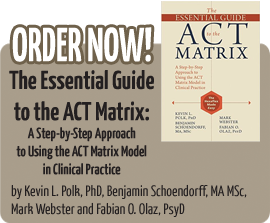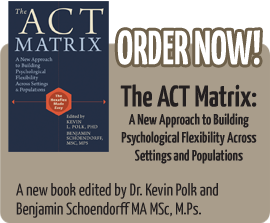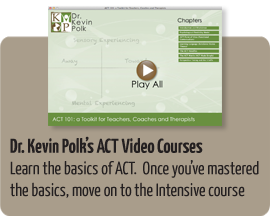There are all sort of situations in which you might be in the position of influencing others. You might be a teacher, a coach, counselor or therapist. Maybe you’re a parent or a doctor or such. In all of these and more you might find yourself in the position of influencing others.
The old way of influencing others is to simply send information their way. If you are a teacher you send facts and figures. If you are a doctor you send diagnoses and treatments. If you are a counselor you might send advice, and a therapist might send interpretations. In all of these the receiver is hopefully influenced. However, the person is usually not engaged with the information being sent to them. They might want the information, and yet they are not engaged, and because they are not engaged, they have trouble using the information.
If the person you are sending information to is really not interested in the information, then the situation is pretty hopeless. You and the receivers of the information will end up frustrated.
The better way is to engage people, let them discover who and what’s important to them, and then see if the information you have to give to them fits with who or what they want to move toward. For example, maybe you are a math teacher (or at least you recall one of your math teachers), and you are supposed to teach math to your students. However, many of your students could really care less about learning math. They would rather do just about anything else…at least that’s how it seems. It seems that way because you have been taught to send information at your students. You were not taught how to engage them. This is no fault of your college instructors, they really did not know how to teach you to engage people. At least not a way that is easy to do by almost anyone. We all know of people who are good at engaging others, but the skills they have are not easy to pass on to others.
Now there is a way of engaging others that almost everyone can do. It’s called the Matrix Diagram (or ACT Matrix Diagram). With the Matrix and a few words you can enter the wonderful world of engaging others and matching what you need to teach them with what they want to get out of life.
Why a diagram? Because a picture is worth a thousand words, literally. The Matrix diagram is really a process of noticing several parts of life. One notices the 5-senses experiencing and mental experiencing (and the difference between them). One also notices how it feels to move Toward who and what’s important and how it feels to move Away from unwanted internal stuff like fear (and the difference between how it feels to move Toward and Away). We then identify who and what’s important, what shows up and gets in the way, what behavior move us away and what behavior move us toward.
Why does this work in a class? Because students really do want to move toward being educated. No one wants to end up illiterate and unable to do math. They know they need to move toward learning math, they just work better when they are a part of choosing the behaviors to get there, and that’s where the Matrix comes in handy.
In the upper right of the diagram there’s space for Toward Behaviors. The students know that part of being in class is doing some Toward Learning Math behaviors. They also know there are people to be social with and other distracting stuff. If the teacher and the students come to an agreement on the necessary Toward Math behaviors, everyone can join together and monitor if those behaviors are happening, or if Away behaviors are carrying the moment. Now the teacher and students are collaborating, and that’s a much better place to be.
Kevin





Leave a Reply